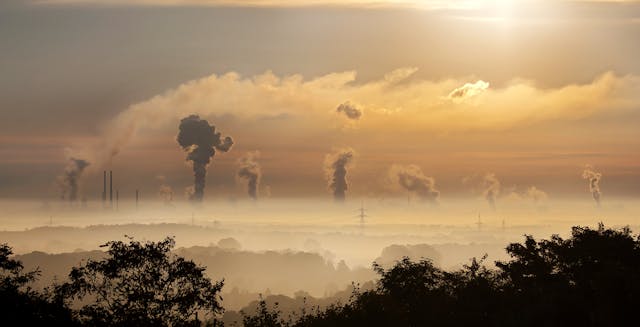Record levels of dangerous smog in Lahore and Multan trigger school closures and health warnings across Punjab
Toxic smog, described as the worst in years, continues to engulf large parts of eastern Pakistan, including Lahore and Multan, as well as parts of northern India. Satellite imagery released by NASA on November 10, 2024, shows a thick cloud of gray smog stretching across Pakistan’s Punjab province, with the pollution extending into India, including over the capital New Delhi. This visible cloud, which is now visible from space, marks an alarming escalation in the region’s ongoing struggle with air quality.
The smog, which has blanketed Pakistan since mid-October, has caused severe disruptions, forcing authorities to close schools, public spaces, and issue health advisories. The pollution poses a serious risk to the health of tens of millions of people in both Pakistan and India. Hospitals across the region are overwhelmed with patients suffering from respiratory issues, with over 30,000 individuals receiving treatment in Punjab alone.
The pollution spike is part of a recurring seasonal phenomenon in South Asia, where colder temperatures and windless days trap toxic air at ground level. The primary culprits behind this environmental crisis are a mix of agricultural practices, particularly the burning of crop residue by farmers, the emissions from coal-powered plants, traffic, and dust storms. These factors are compounded during the winter months when the cooler air traps the pollutants, making them more concentrated.
Embed from Getty ImagesOn November 10, the air quality in Lahore was classified as “hazardous,” with the air quality index (AQI) soaring above 1,200, a level that poses serious health risks. An AQI reading above 300 is considered hazardous, and this level of pollution is particularly dangerous for vulnerable groups, such as children, the elderly, and those with pre-existing health conditions. The air pollution in parts of Punjab has exceeded the 1,000 mark multiple times in recent days.
The most dangerous pollutant in the smog is PM2.5, a fine particulate matter that is small enough to penetrate deep into the lungs and enter the bloodstream. In Multan, the PM2.5 concentration was over 110 times the safe level set by the World Health Organization, highlighting the severity of the crisis. Exposure to PM2.5 has been linked to respiratory and heart diseases, as well as cognitive decline in children.
Authorities in Pakistan have been struggling to cope with the growing health crisis, and the widespread effects of the pollution are clear. As the smog continues to choke the region, there are growing calls for more stringent measures to curb the sources of pollution and mitigate the effects of the hazardous air.
